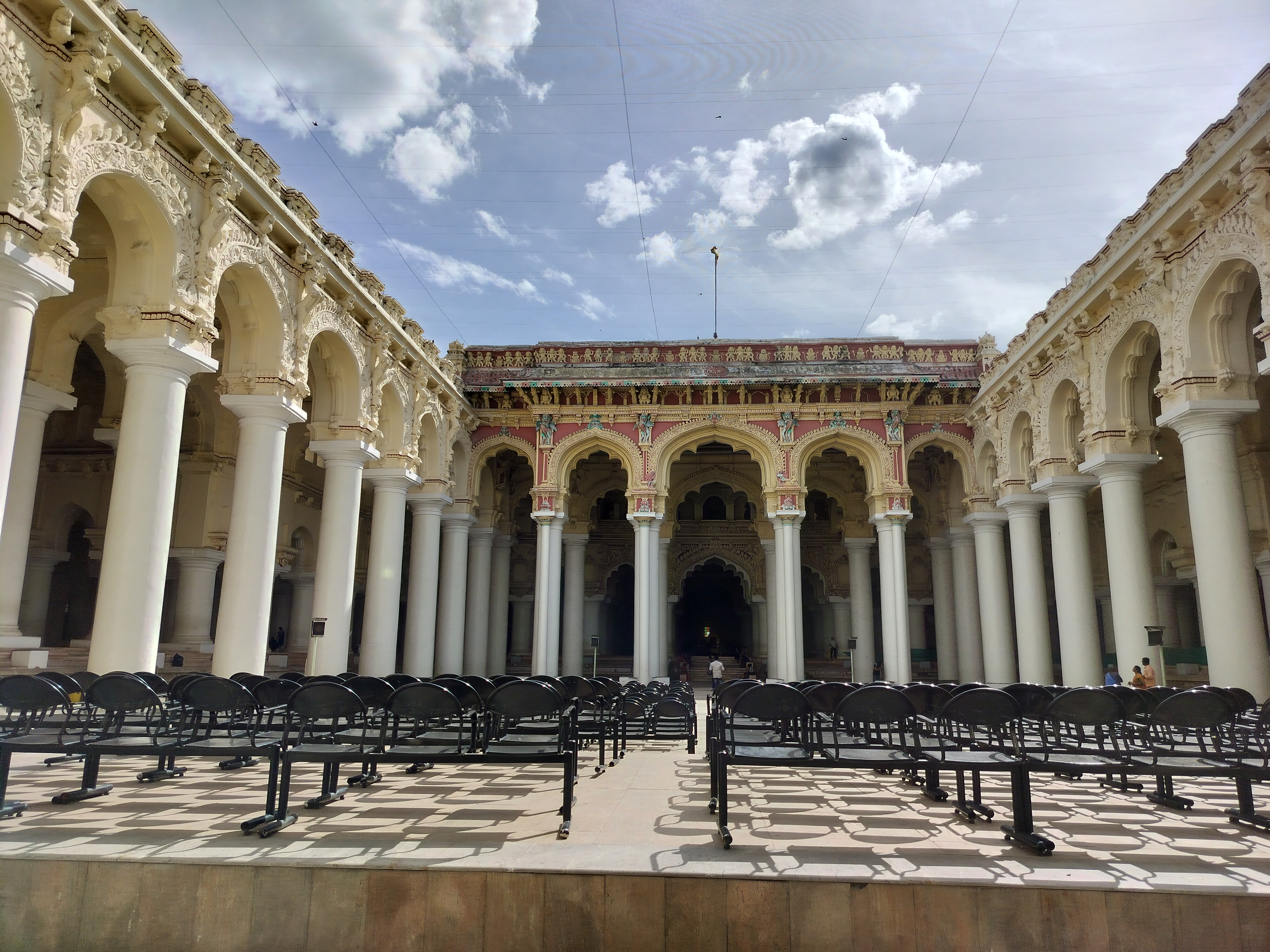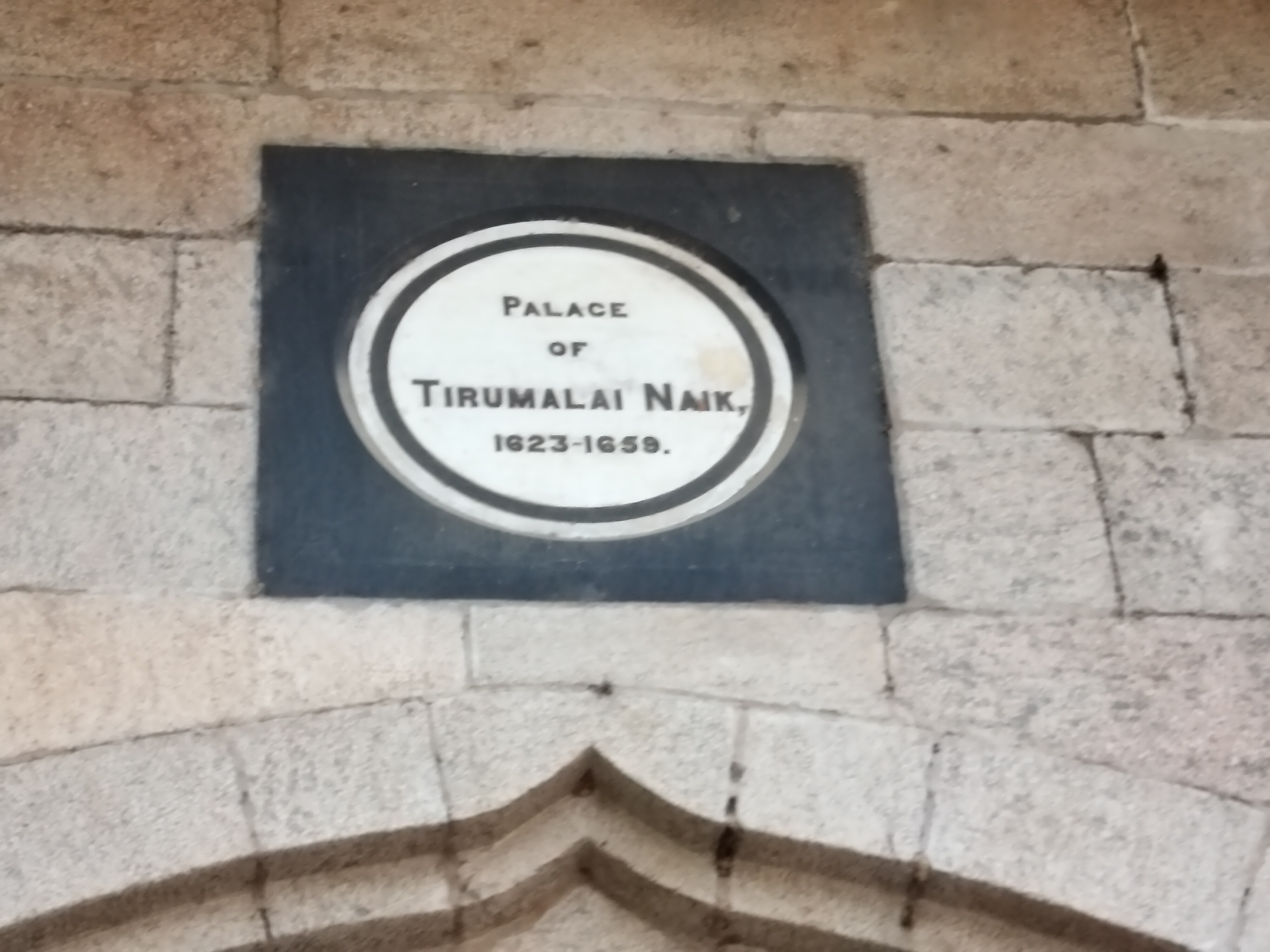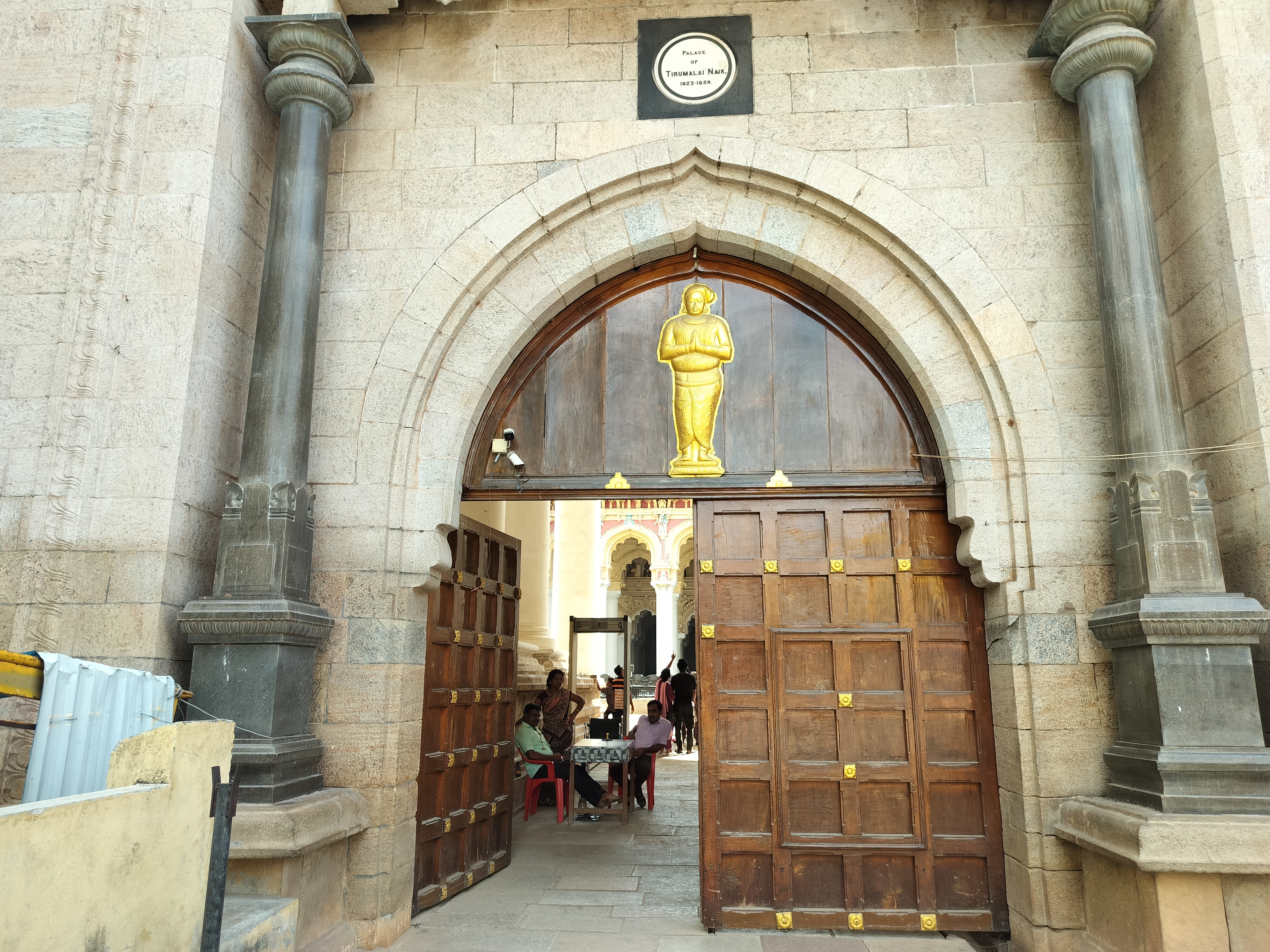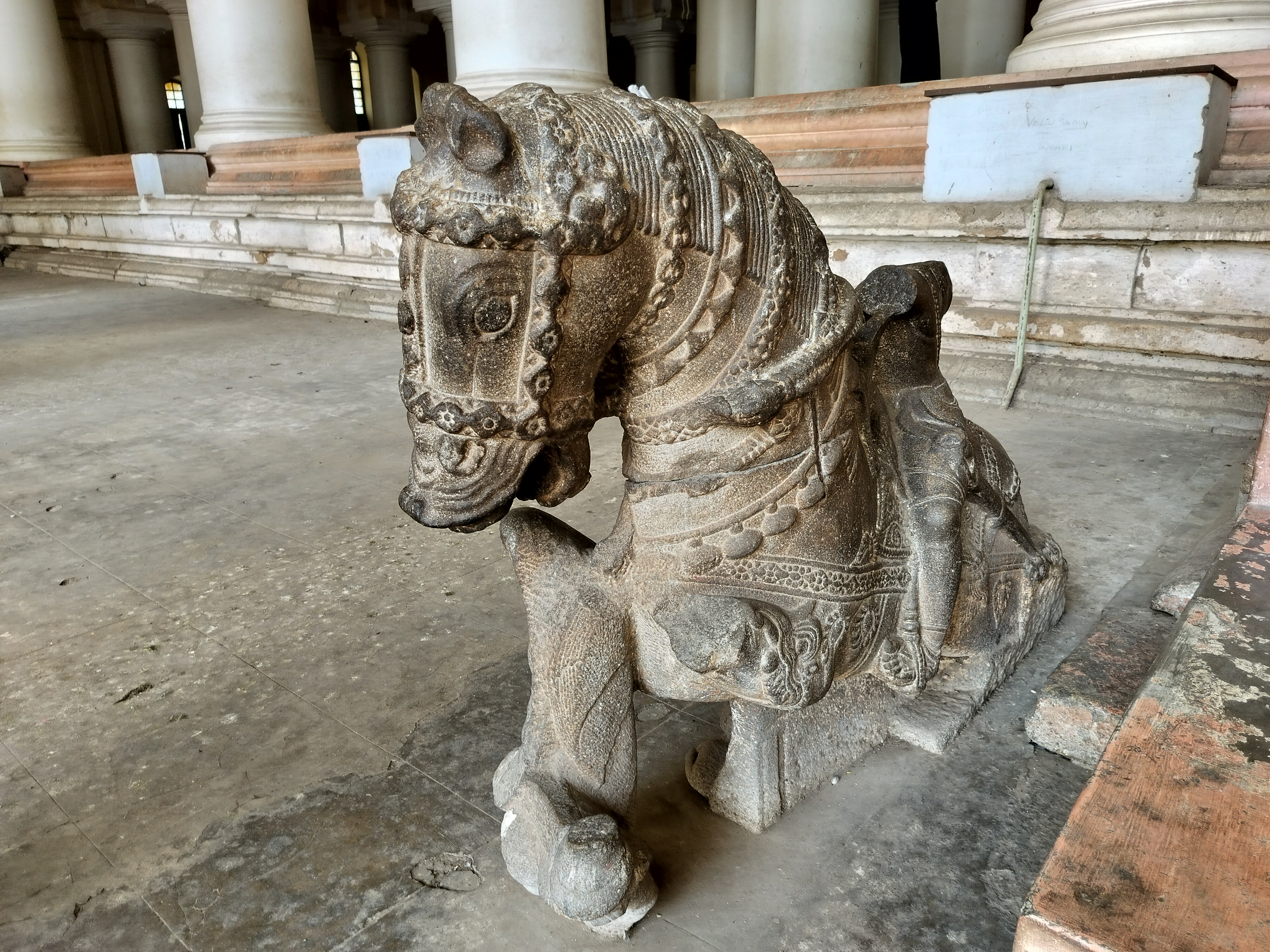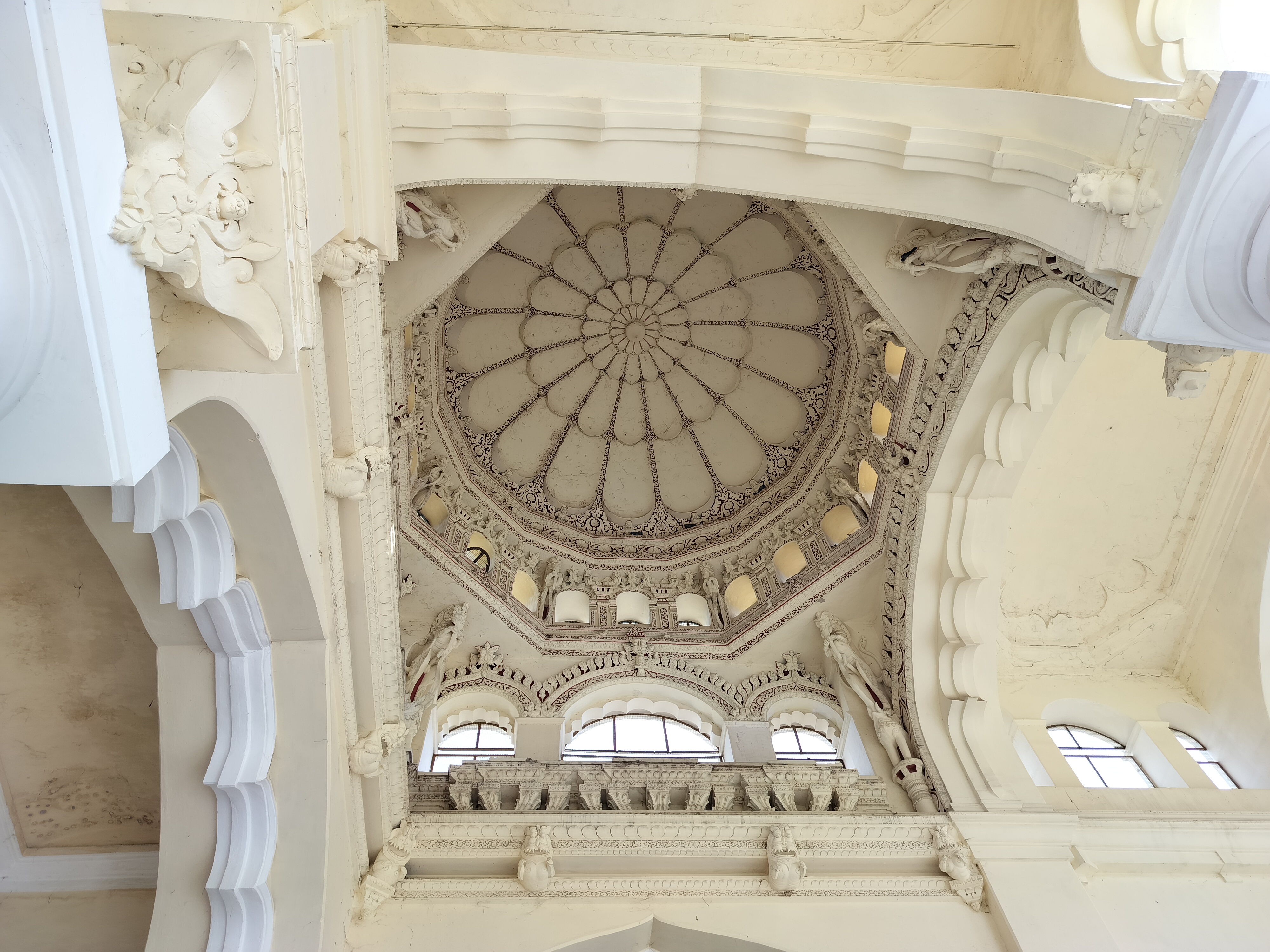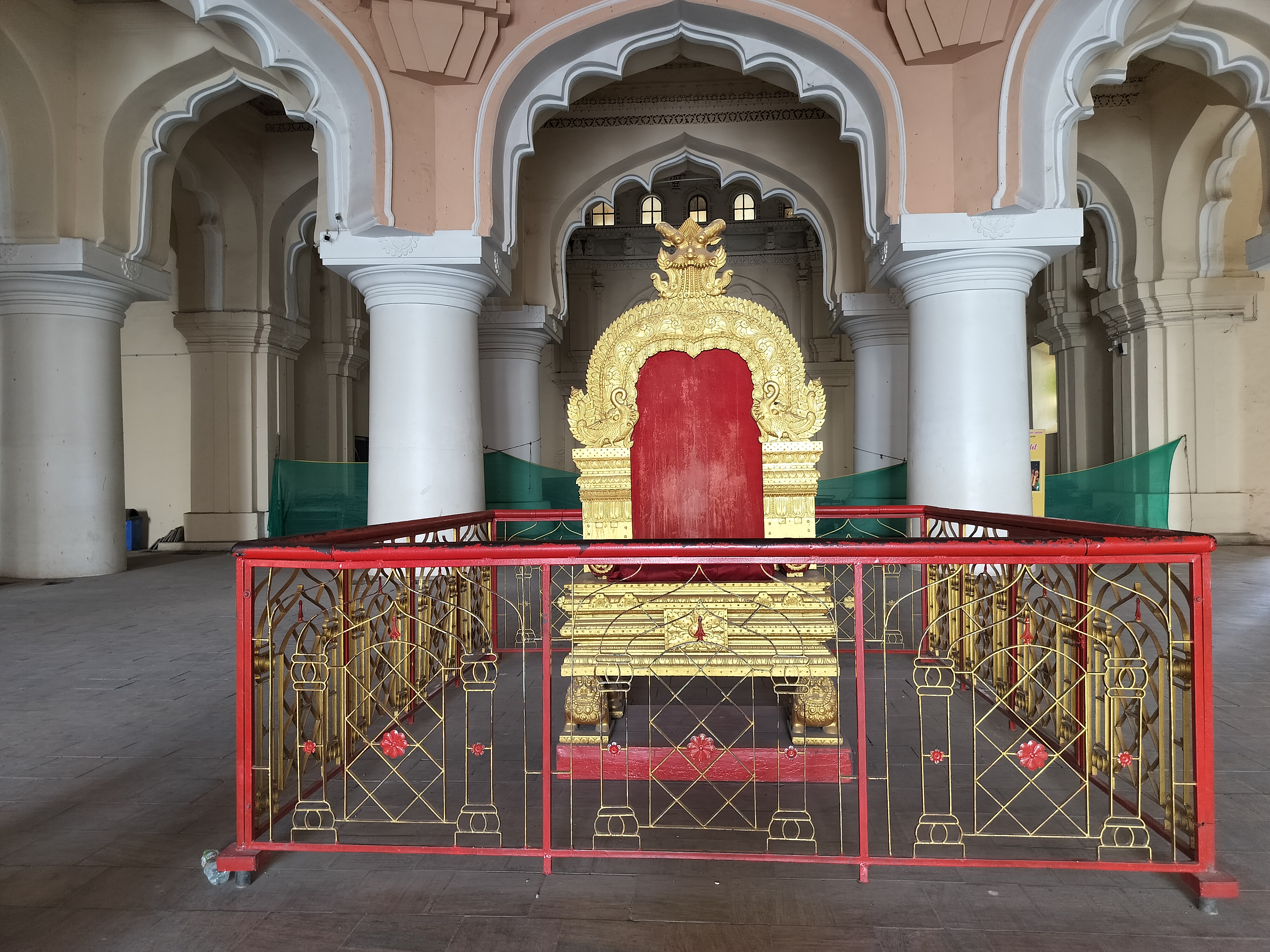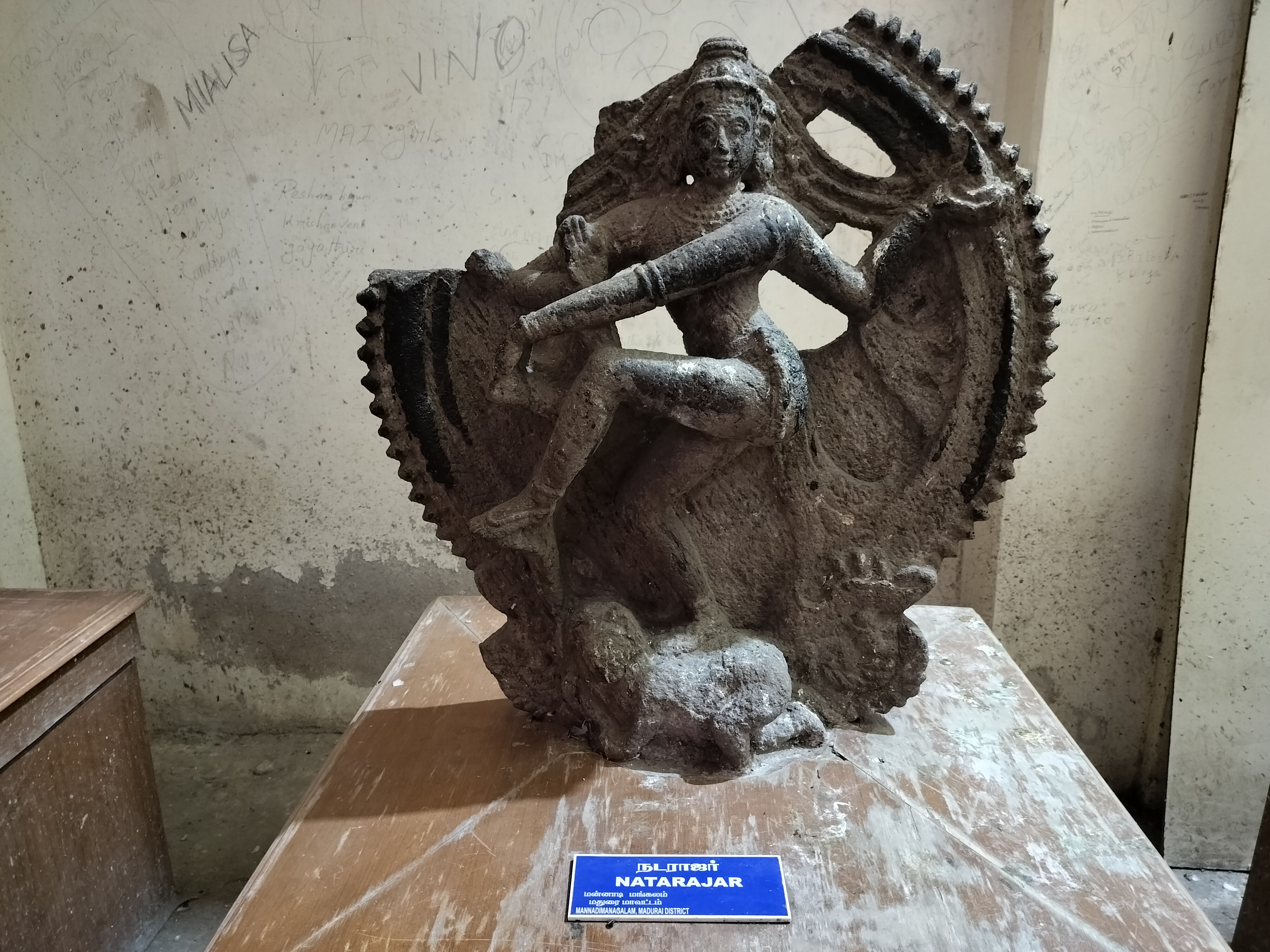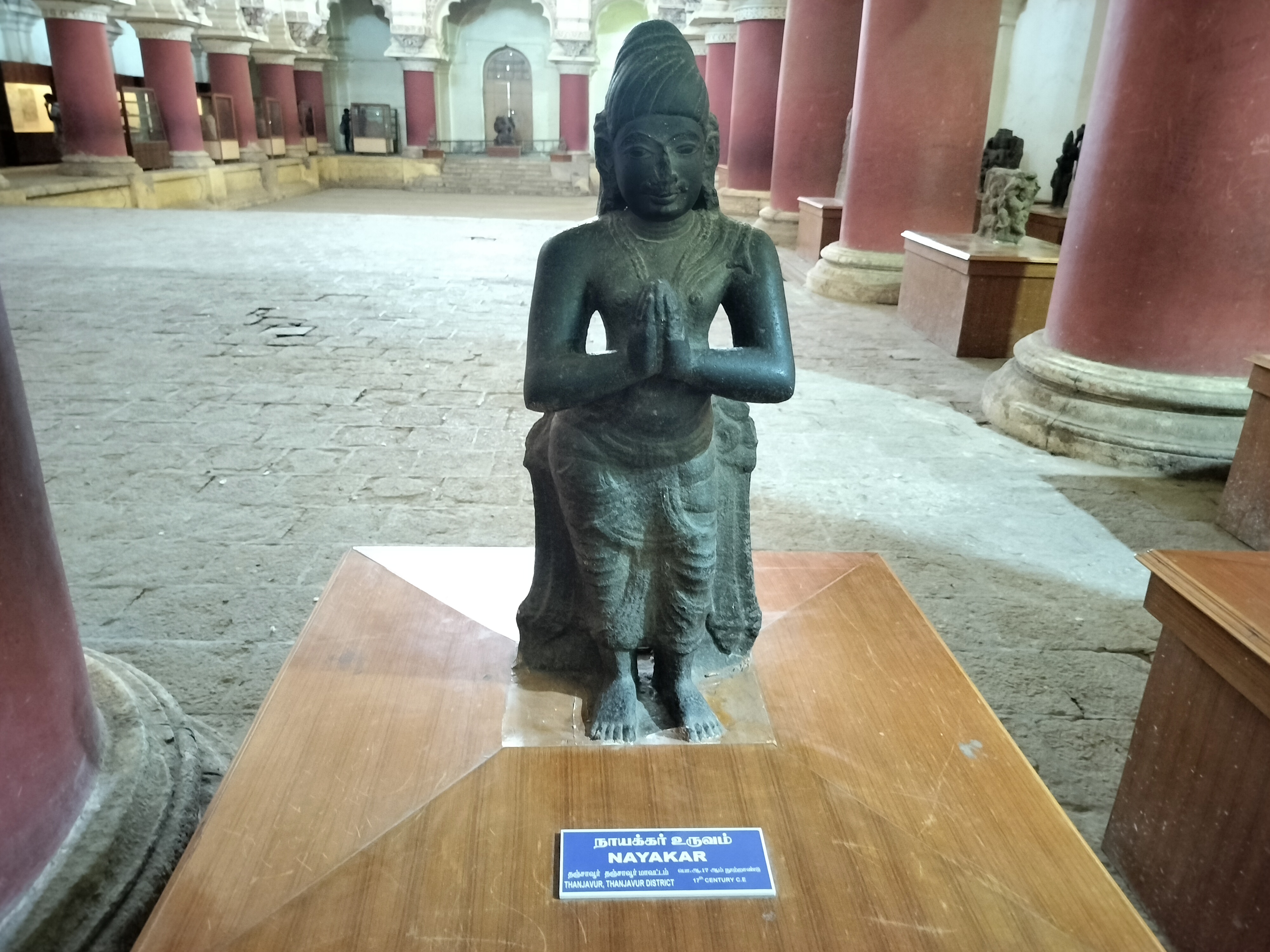


Thirumalai Nayak Palace
Thirumalai
Nayak Palace is
a palace erected in 1636 CE by King Tirumala Nayaka, of Madurai's
Nayaka dynasty who
ruled Madurai from 1623 to 1659. The Palace building,
which is seen today, was the main palace, in which the king lived. The original
palace complex was four times bigger than the present structure. In its heydays,
the palace was considered to be one of the wonders of the South. The palace is
located two kilometres south east of the Meenakshi
Amman Temple.
The Nayaks of
Madurai ruled from 1545 until the 1740s and Thirumalai Nayak was one of their greatest kings
who built various buildings in and around Madurai. During the 17th century the
Madurai Kingdom had Portuguese, Dutch and other Europeans as traders,
missionaries and visiting travelers.
Thirumalai
Nayak intended
the palace to be one of the grandest in South India. The Interior of the palace
surpasses many of its Indian contemporaries in scale. The interior is richly
decorated while the exterior is treated in a more austere style.
During the
18th century, many structures that were part of this palace were pulled down or
incorporated into buildings in the adjacent streets. What remains is the
enclosed court known as the Svarga Vilasam and a few adjoining buildings. The
audience chamber of the Svarga Vilasam is a vast hall with arcades about 12 m
high. The court yard of Svarga Vilasam measures 75 m by 50 m. The
architecture is a blend of indigenous and Islamic forms. Thirumalai nayakar
mahal is famous for its giant pillars. Pillar's height is 25 m and width
is 5.8 m.
Upon entering
into the gates of the palace, there is a central courtyard. The courtyard is
surrounded by massive circular pillars and has a circular garden.
The palace
was divided into two major parts, namely Swarga Vilasam (Celestial Pavilion)
and Ranga Vilasam. The courtyard and the dancing hall are the major center of
attractions of the palace.
After
independence, the Thirumalai Palace was declared as a national monument and is now under the protection
of the Tamil Nadu Archaeological Department. This palace is open for the
visitors daily. The palace is well equipped to perform light and sound shows
depicting the story of Silappathikaram both in Tamil and English
languages.
